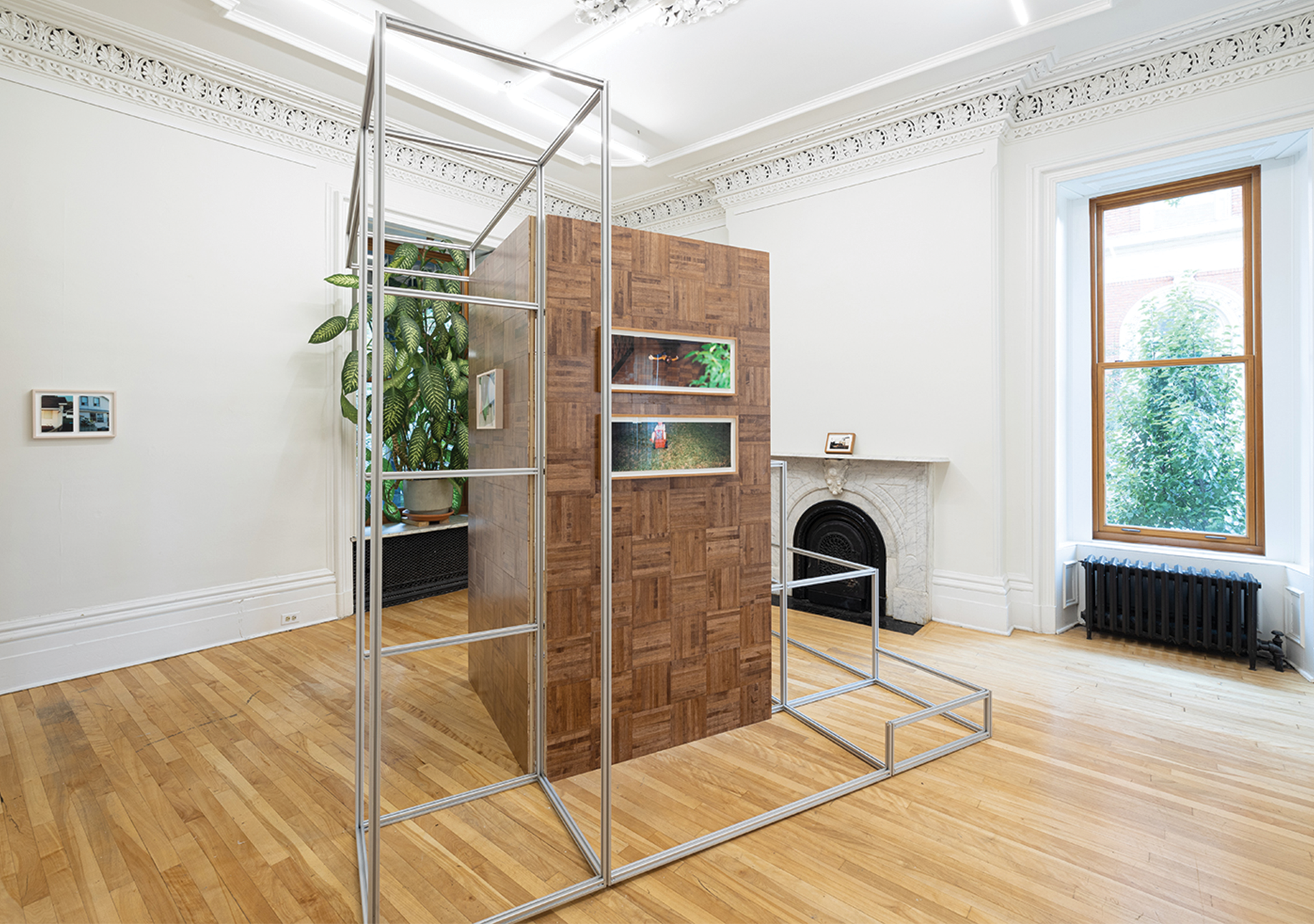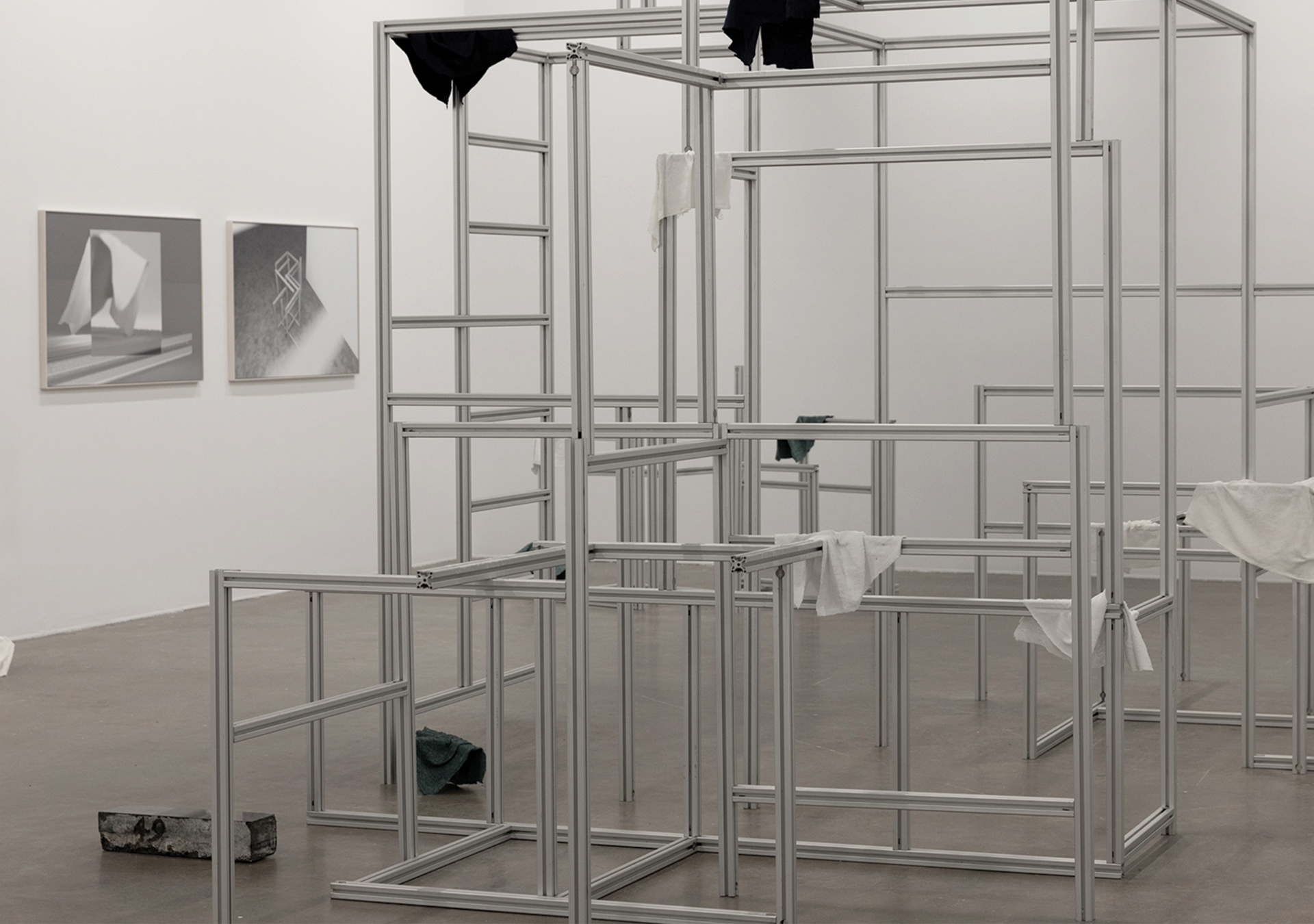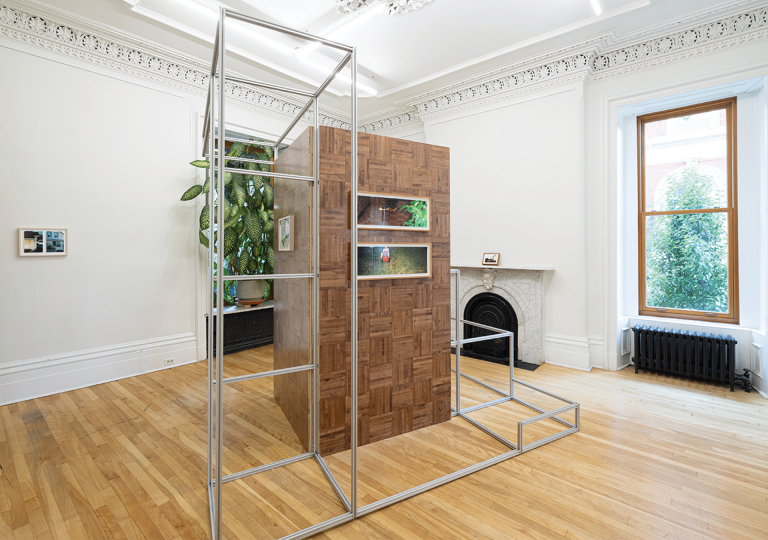Morgan Legaré
Sculpture and Ceramics
Morgan Legaré produces works through technical drawings, assemblages, and digital prints, whose genesis lies in the interweaving of the material and virtual object. Images, modular architectures, and spatial arrangements, both pictorial and sculptural, overlap within the exhibition space to generate cognitive-perceptual installation experiences. Forms and functions are brought into tension. His propositions skillfully reconfigure the circulation and contemplation of the work.
Morgan explores the parallels between the functional and particularly visual codes of industrial and cultural environments. By means of various devices, these spaces present aseptic and (over)controlled properties, aiming to minimize the introduction, generation, and retention of external or visual contaminants. In relation to these industrial and museological protocols, and through archives of spaces and anticipated references, the artist conceives installations that transpose production mechanisms in order to illustrate the qualitative efficiency underlying the creation of products or bodies of work.
Originally from Trois-Rivières, Morgan Legaré lives and works in Tiohtiá:ke/Montreal.
His works are part of the Majudia and Ubisoft Montréal collections, as well as several other private collections in Quebec. He has also donated artworks to organizations such as ESSE magazine (Vendu/Sold) and Les Impatients (Parle-Moi d’amour).
In collaboration with Centre SAGAMIE, he presented his most recent body of work at ROSALUX project space in Berlin (Germany) in 2025. His work has been and will also be presented in solo exhibitions including at LANGAGE PLUS (2027), Galerie R3 (2026), Fais-moi l’art curated by Laurent Vernet (2024), ELEKTRA Gallery (2023), ARTCH (2022), L’Œil de Poisson (2022), and Galerie Laroche/Joncas (2020). He is also a member artist and currently serves as Vice President of the Board of Directors at Centre d’art et de diffusion CLARK.




